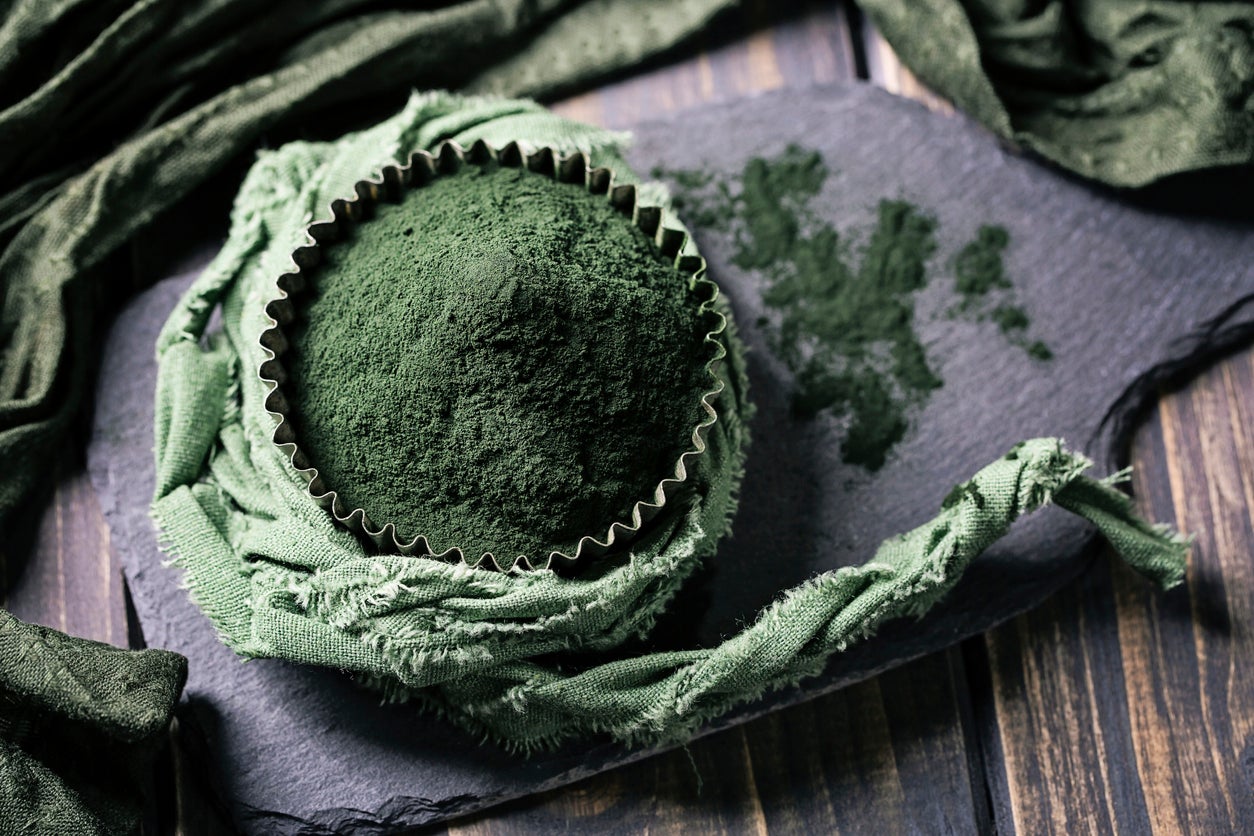What Is Spirulina: How To Make A Spirulina Algae Kit


Spirulina may be something you’ve seen only in the supplement aisle at the drug store. This is a green superfood that comes in powder form, but it is actually a type of algae. So can you grow spirulina and enjoy its benefits from your own water garden? You sure can, and it’s easier than you think.
What is Spirulina?
Spirulina is a type of algae, which means it is a colony of single-celled organisms that produce foods by photosynthesis. Algae aren’t exactly plants, but there are a lot of similarities. Like our more familiar green vegetables, spirulina is nutrient dense. In fact, it may be one of the most nutritious of all green foods.
Some of the spirulina benefits you may get from supplementing your diet with this green powerhouse include:
- A complete protein from a non-animal source. Just one tablespoon of spirulina powder has four grams of protein.
- Healthy fats like polyunsaturated fats and gamma linoleic acid.
- Vitamins A, C, D, and E, as well as iron, potassium, magnesium, selenium, and other minerals.
- Vitamin B12, which is very hard for vegans to get from plants.
- Antioxidants.
How to Grow Spirulina
You can grow this superfood with a spirulina algae kit, but you can also make your own setup. You’ll need something to grow it in, like a fish tank, water (dechlorinated is best), a starter culture for spirulina, and a couple of small tools for stirring and collecting the algae at harvest time.
Set up the tank by a sunny window or under grow lights. Like true plants, algae need light to grow. Next, prepare the water, or growing medium, so that it has a pH around 8 or 8.5. Inexpensive litmus paper is an easy way to test the water, and you can make it more acidic with vinegar and more alkaline with baking soda.
When the water is ready, stir in the spirulina starter culture. You can find this online, but if you know someone who grows their own spirulina, take a small amount to use as a starter. Keep the water at a temperature between 55 and 100 degrees F. (13-37 C.). Add water as needed to keep it at the same level.
The safest way to harvest spirulina for eating is to wait until the water pH has reached 10. Other types of algae can’t grow in such an alkaline environment. To harvest, use a fine mesh to scoop out the algae. Rinse and squeeze out excess water and it’s ready to eat.
Sign up for the Gardening Know How newsletter today and receive a free copy of our e-book "How to Grow Delicious Tomatoes".
When you harvest spirulina, you’re taking nutrients out of the water, so it is important to add additional nutrient mix each time. You can buy this online from a spirulina supplier.

Mary Ellen Ellis has been gardening for over 20 years. With degrees in Chemistry and Biology, Mary Ellen's specialties are flowers, native plants, and herbs.